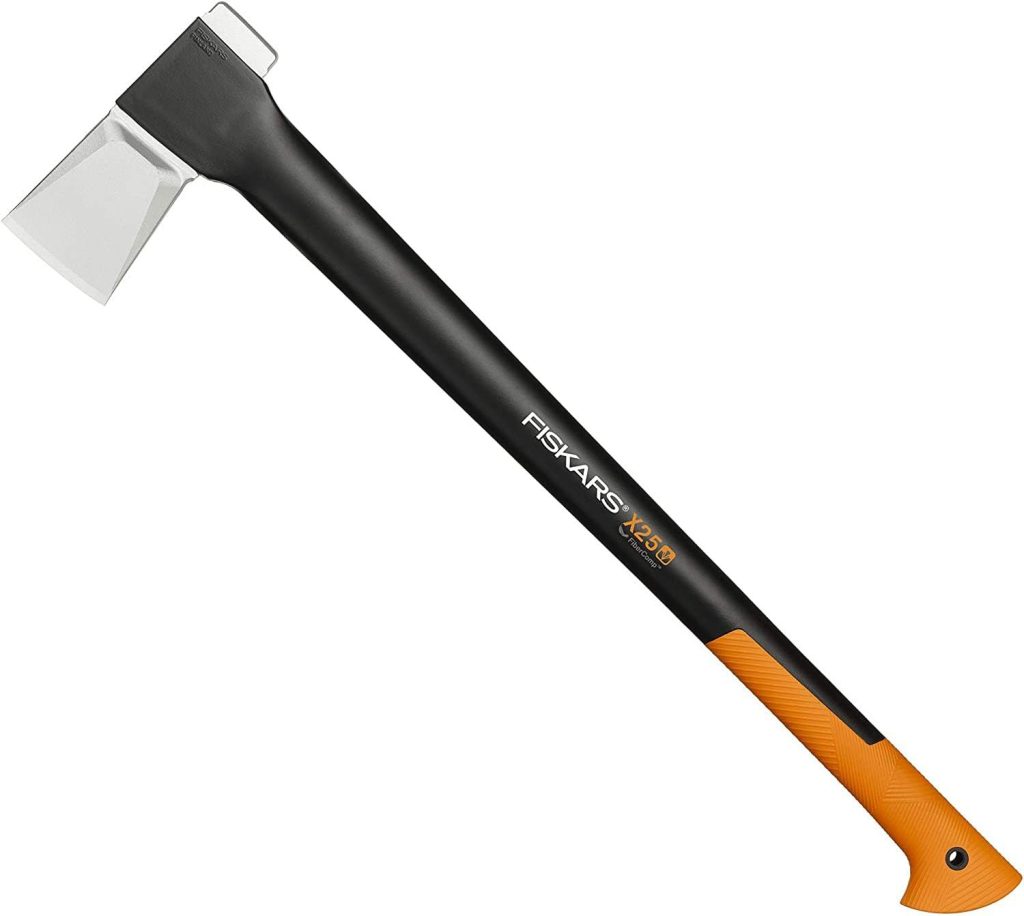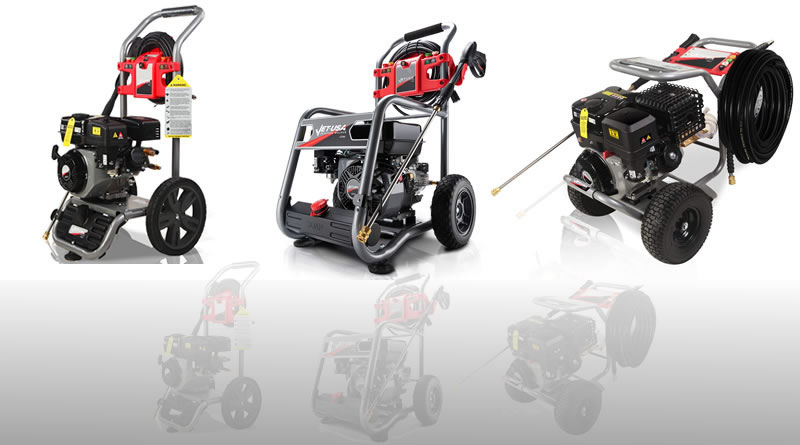Now Reading: Best axe for splitting wood Australia
- 01
Best axe for splitting wood Australia
Best axe for splitting wood Australia

Axes must be efficient to be effective. There are some factors to consider before deciding on the final axe head to handle length ratio… Lets talk about the Best axe for splitting wood (Australia).
To the greatest extent possible, you want to ensure whatever task you undertake. Thus, it is carried out by the tool’s shaft rather than by performing all of the work yourself. By selecting the proper handle length for a specific head weight, you can ensure that the axe completes its task with the least energy expended by the operator.
 Applications in their most fundamental form
Applications in their most fundamental form
When felling large trees with an axe, a long curved handle is required to deliver maximum power generation to cut deeply into that sucker as quickly as possible. With a head weight of more than 1.3kg, 91 cm is frequently cited as the ideal length.
What works for a 6′ 5′′ lumberjack may not be the most efficient choice for someone who is only 5′ 10′′ tall and has a slim build, for example. With this tool, the goal is to use it comfortably and safely for an extended period.
Log splitting is also much more efficient when using a 6-pound splitting axe or maul with a 36-inch handle. However, not everyone is capable of wielding one of those powerful weapons. Axes for camping and bush-crafting are entirely different animals altogether. More miniature hatchets or pack axes should be lighter and more portable. Emphasising a razor-sharp cutting edge rather than an ‘ideal’ head weight to handle length ratio. They should also be easier to carry around.
However, this is not what they were intended to accomplish. For the most part, a 2 lb pack axe will fit comfortably on a 24′′ handle. Some camp hatchets have 14′′ handles that are completely ineffective for any severe chopping.
De-limbing a tree
Because of the horizontal position of the tree, limbing is more easily accomplished with a shorter handle length. However, for example, you could still have a 1.3kg head on a 71cm handle.
Experiment with various axes for various tasks. Until you find your ideal axe head to handle length.
What characteristics distinguish an excellent camping axe?
The most important characteristics of a good camping axe are its strength and dependability.
A good camping knife should be compact and lightweight, with a sharp blade for any jobs you might encounter while camping. Such as chopping small trees, splitting wood for fires, limbing branches for shelters and tripods, sharpening stakes, etc. With the poll end, they can also be used to hammer tent stakes into the ground.
A low-cost axe is constructed of low-cost materials. Poor-quality steel and sub-standard handles aren’t strong enough to withstand any significant chopping or wood splitting. Paying a little more for a good axe will make your camping experience more enjoyable than slogging through jobs with a poor-quality cutting instrument.
A good quality axe is an essential tool for any camper or outdoor enthusiast. Still, not all axes are created equal – understanding what makes a good axe will ensure that you make a good choice when purchasing one.
Important factors when buying an Axe
Axes should be selected after considering several essential factors. The most obvious question is… what kind of task are you taking on? The type of axe you select must be appropriate for the job.
It’s critical to be confident that your money will be well spent on a high-quality product.
Although price should not be the primary quality indicator, it is best to avoid dirt-cheap axes. They are constructed of inferior materials that will not hold up to any heavy work demands.
Axe heads of high quality are made of steel with a high carbon content, which means they will not chip or dent easily. Axe heads made by brands such as Gransfors Bruk and Hults Bruk in Sweden are considered the best in the world. Consider these to be among the finest products available. However, these are your only options when it comes to making a decision.
Wooden handles perform well.
An excellent wooden handle is always a classic. It is more common for the handles to be made of wood, but they can also be made of a composite material such as plastic/fibreglass or steel. Still, more and more modern axes are made of composite materials. Which are less susceptible to weather and temperature changes and have good shock-absorbing properties, making them a better choice.
Consequently, we’re looking for an axe suitable for the job, with a high-quality steelhead and a wooden or composite handle. However, this doesn’t help to narrow things down.
What is the purpose of having an axe?
Before getting an axe, it’s essential to establish why you’ll need one precisely. You may have an old tree in your backyard that you’d like to remove. Alternatively, you may have recently received a large delivery of logs that don’t quite fit in your fireplace or stove. Consider the possibility of a portable cutting tool to use while camping or doing bushcraft.
What you need to accomplish with the axe should be the first thing on your list of considerations.
Do you know what kind of axe to look for?
Another factor to consider is the type of axe. The axe should be appropriate for the task at hand. Falling a tree with a small hatchet or a large splitting maul will not be enjoyable. Additionally, carrying a full-size falling axe on a hike is likely unnecessary.
Axes should be selected based on their suitability for the task at hand. I’ve listed my recommended axes in the section below for a few of the most common activities you might be involved in.
Log splitting: A different kind of beast is required for log splitting. They’re not nearly as sharp as a felling axe because you’re splitting the wood along the fibres rather than cutting into it like a saw.
Camping and hiking: You’re looking for something compact and adaptable for this activity.
Is it better to use a classic or modern axe?
Axes of the classic style are typically made of wood or other natural materials. Some of the finest axes available for purchase have a history of hundreds of years.
This is the primary argument ‘axe purists’ to argue against lower-quality axes: a high-quality axe will last a lifetime, if not two. So what’s the point of wasting money on a new axe every few years? Purchase a high-quality axe and take good care of it, and you’ll never need another!
High-quality, high-end axes share two characteristics: Hand-forged, perfected axe head steel ensures they are neither too hard nor soft. The use of hickory to form an ergonomically shaped handle with the fibres running parallel to each other along the shaft for strength.
Top Tips
The best advice is to go out and look for barn sales and rummage through them to see if you can find an old axe for dirt cheap. There’s always an old axe or two lying around, and you can bet that it’s worth taking home and sharpening if it’s old and in good condition. These axes were built to last a lifetime!
Modern axes, on the other hand, can be just as effective. Furthermore, stay away from the mass-produced axes found in hardware stores; they won’t last more than a day of serious work. When I say “modern,” I refer to axes with a synthetic handle material rather than a wood handle. This may or may not be the technically correct way to differentiate between the two.
How To Sharpen An Axe: A Step-by-Step Instructional Guide
Maintaining the sharpness of your axes, hatchets, and mauls is essential for the user. Complete regularly to keep the edges of your cutting or splitting tools in good condition.
A good quality axe can last a lifetime if it is properly maintained. It is a great way to ensure that it remains in your possession until you reach a ripe old age. Then, regularly sharpen it to keep it in peak condition.
Aside from the apparent dings and chips, the edge of an axe will gradually become dull with use. In the beginning, this is imperceptible, but as the axe becomes duller, the greater the amount of force that must be applied to achieve the same result as with a sharp axe.
Poor performance from your axe
When you have a blunt blade, you tend to overcompensate with your swing, and your once impeccable form is thrown to the wind as you bludgeon the wood to death with your axe-shaped sledgehammer.
It is possible to sharpen an axe in a variety of ways. I will cover each of these in this article, but the method I prefer requires only a simple mill file and something to keep your axe secure while working.
Having the ability to sharpen your axe wherever you are, rather than just at home or in the workshop, is beneficial. This technique will work with all types of axes, but you can use any of the other methods listed above if that works best for you.
Sharpening an axe with a file
There is no better way to sharpen an axe with a simple mill or bastard file in hand than the traditional method. There are no fancy gadgets or heavy machinery required; all you need is an axe and a little time, a file, and perhaps a bench vice. Still, the critical thing to remember is that it is simple, inexpensive, and will sharpen your axe!
As a first step, secure your axe in place with a bench vice or clamp it to your workbench, making sure you place a small block of wood beneath the axe’s head. When cutting correctly, the head should be parallel to the ground, with the cutting edge protruding over the edge of the bench.
Following the installation of your axe, thoroughly clean the axe head to remove any debris or surface rust that has accumulated. A little steel wool and a drop or two of WD-40 will do the trick perfectly. Excess moisture should be wiped away with a rag after cleaning.
File continued
A sharpie line is an excellent tool for ensuring that you don’t go overboard on a particular blade section or remove any metal past the slope. Next, using a sharpie, draw a straight line along the slope of the edge. This process will result in an approximately 4mm thick line used as a guide to shape the blade.
Make use of a 10-inch mill file or bastard file and start with full-length strokes, paying close attention to any nicks or dings that may exist along the length of the blade. It is critical to only use push strokes and not file in a back and forth motion when applying pressure. The goal here is to remove as little metal as possible while simultaneously creating a shiny, bright line across the bevel length as the new metal is exposed to the light.
Remove the axe from the vice or clamp and repeat the procedure on the other side…
The proper way to sharpen an axe with a hand grinder or angle grinder
If you have any idea what you’re doing. Is it possible to sharpen an axe using a hand grinder? Yes, without a doubt… That thing is spinning at approximately 10,000 rpm, which means it will transfer all of the heat to your axe as it does. The friction created by a hand grinder will naturally generate a great deal of heat.
The other issue that arises when using a hand grinder is how to achieve a uniform edge. This is referred to as ‘Physics’ in some circles, but we won’t go into that here because it’s not necessary. The fact that it is a hand-held power tool makes it extremely difficult to maintain a consistent grind across the entire width of the blade.
To be safe, I’d recommend saving this option for when you’re dealing with a rusted old axe that has been left to die in the cold because it couldn’t cut butter! But, with a bit of care, you can bring that dull blade back to life quite nicely.
How to guide
- Ensure the axe is securely clamped in the vice so that the edge is horizontal and facing you.
- Put on PPE, such as gloves and goggles, and reach for your grinder.
- In this case, you’re aiming for only the lightest of touches across the blade’s angle. To move from one end of the blade to the other, use a smooth, light stroke – do not apply any more pressure than is necessary to move the grinder’s weight.
- After five strokes, keep spraying water on the area until the hissing stops completely. Keeping the axe head cool is necessary to prevent the blade’s temper from being ruined. If you repeat this procedure every five strokes, you should be fine.
- Change the direction of the axe to work on the other side.
- Repeat the procedure until you have an excellent, even exposure of new steel throughout the surface. The blade should have a sharp edge to it at this point.
- Once you’ve finished, take a mill file or a puck and go through the steps outlined in the relevant section of this article to hone the new blade to a razor-sharp finish.
Starting a belt sander to sharpen an axe
With the belt sander’s high speed, it will quickly finish axe steel jobs. Keeping the axe blade cool throughout the sharpening process is similar to maintaining the temperature of a hand grinder.
You should be aware that using power tools; you can quickly burn the edge of the steel and damage the temper of the steel. The first step is to burr the edge, after which you can refine the finish with a mill file or gemstone.
How to guide
Put on your PPE, and get your axe ready.
Make a flat contact with the belt with your axe blade, one hand on the handle and the other on the steel.
Make a single pass with the belt across the entire width of the blade, matching the bevel angle on the blade. Follow the edge from one end to the other in a single continuous stroke.
Spray some water on the blade to keep it from overheating. Repeat 5 to 6 times and inspect the edge. You should be able to see a gleaming line of freshly exposed steel.
Turn the axe and repeat the process on the other side.
Your axe’s edge should be razor-sharp at this point. If this is the case, simply spend a little more time following the same procedure until it is sharp.
Once you’ve finished, take a mill file or a puck and go through the steps outlined in the relevant section of this article to hone the new blade to a razor-sharp finish.
































